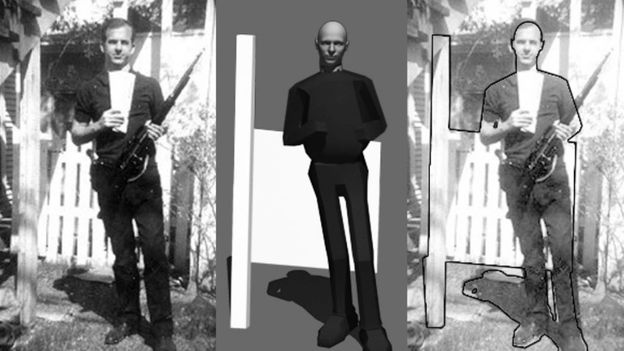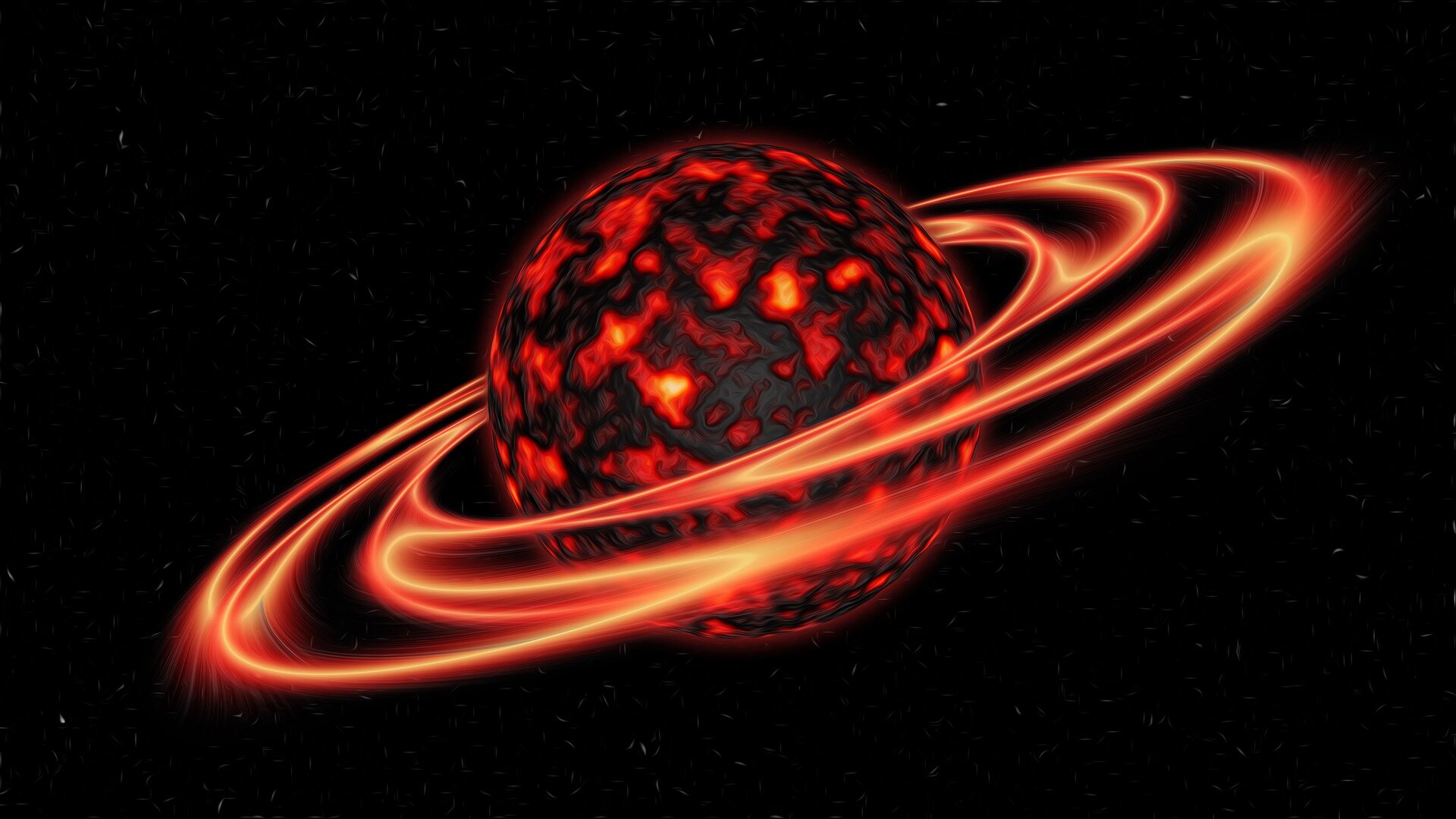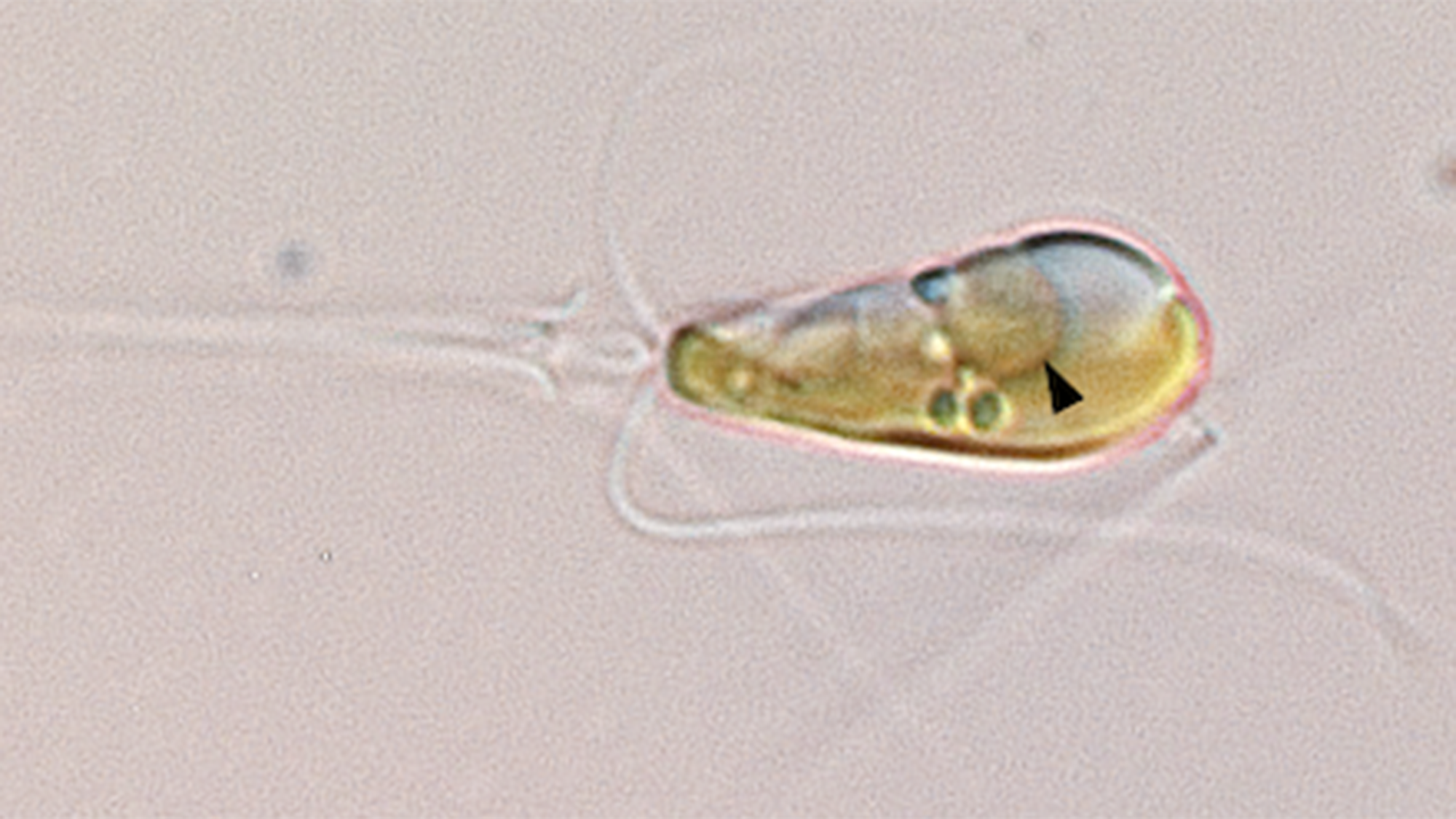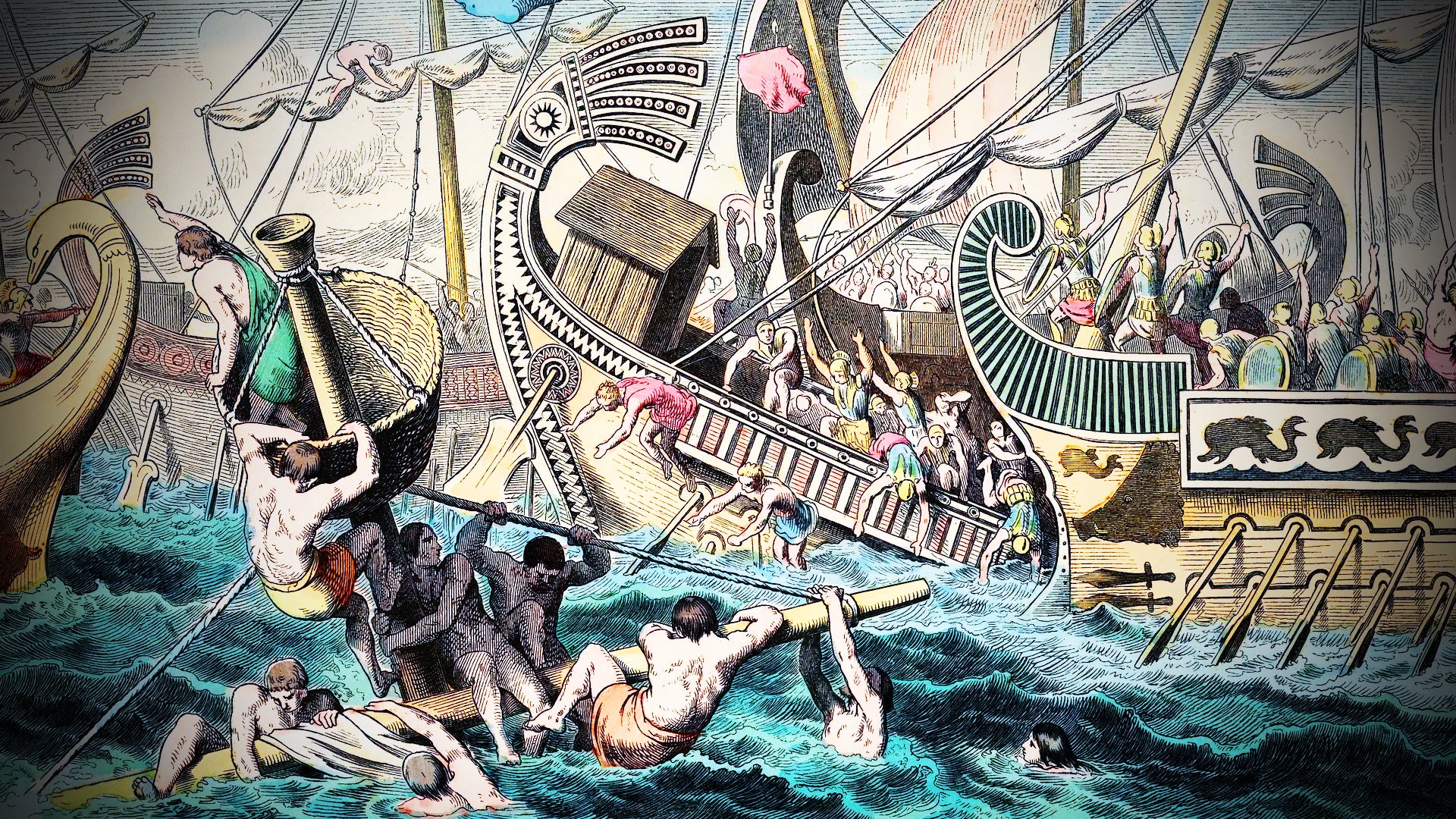
A Solution to the Faint-Sun Paradox Reveals a Narrow Window for Life
Our sun is getting brighter. If you could travel back in time to the dawn of the solar system 4.5 billion years ago, you’d find a star that was about 30% dimmer than it is now. Over the subsequent eons, it has shone more and more brilliantly — a function of the nuclear fusion process that takes place in the cores of stars like our own — and it will continue to do so until the end of its life, roughly 5 billion years from now.
That original faint sun should have led to disaster here on Earth. If our modern Earth were placed under that sun, temperatures would average about −7 degrees Celsius — too cold for liquid water to flow. “The planet should have been completely frozen,” said Toby Tyrrell, an earth system scientist at the University of Southampton. “It shouldn’t have been possible for life to develop.”
And yet it did. We know that our planet had liquid water on its surface as early as 4.4 billion years ago, and maybe even earlier, as water vapor condensed out of the atmosphere. Single-celled life seems to have sprung up shortly thereafter. And both the planet’s water and its life have persisted — despite a few close calls — to concoct the relative oasis we inhabit today.


















/cdn.vox-cdn.com/uploads/chorus_asset/file/25330660/STK414_AI_CHATBOT_H.jpg)
